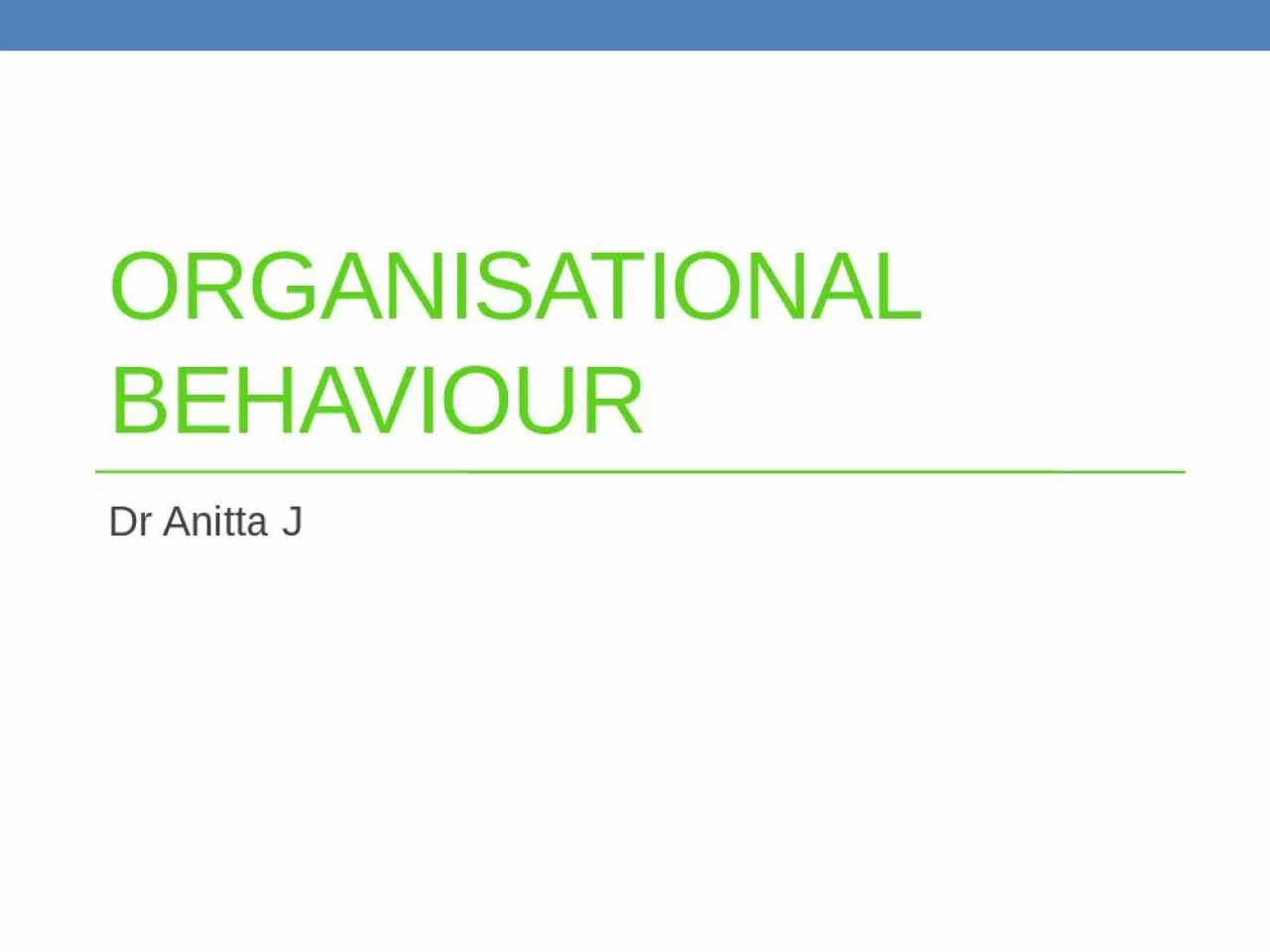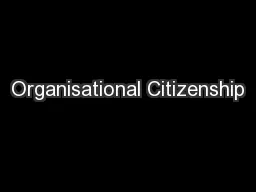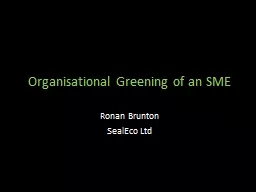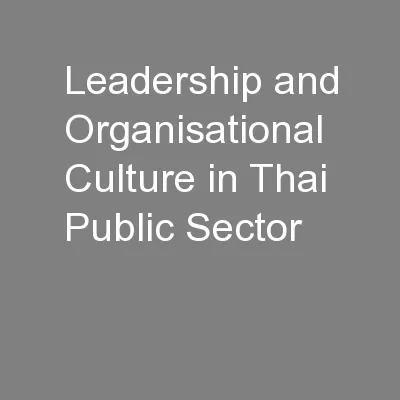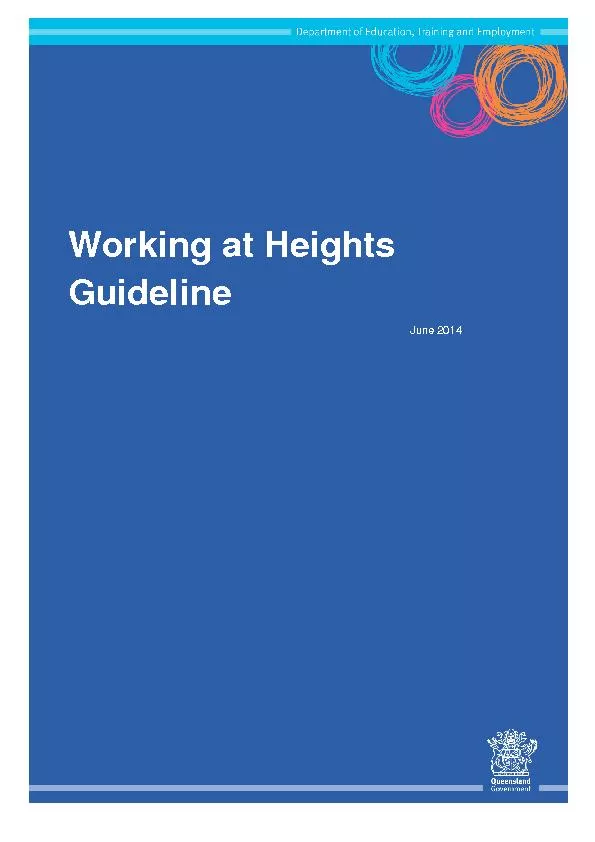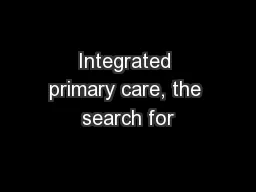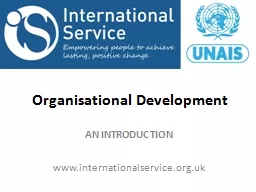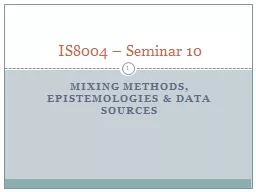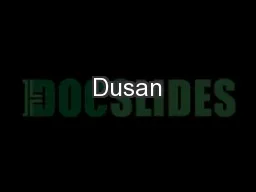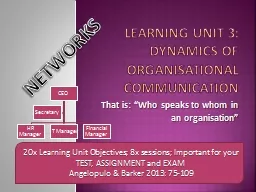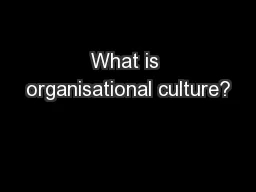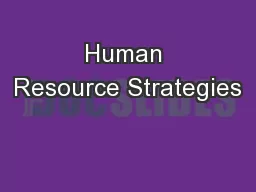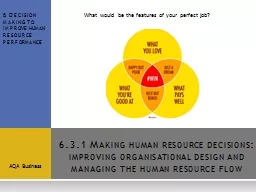PPT-Organisational Behaviour
Author : westin | Published Date : 2024-11-15
Dr Anitta J References Robbins SP Organisational behaviour 7 th ed New Delhi PHI 1996 Singh Dalip Emotional Intelligence at work Response books sage publications
Presentation Embed Code
Download Presentation
Download Presentation The PPT/PDF document "Organisational Behaviour" is the property of its rightful owner. Permission is granted to download and print the materials on this website for personal, non-commercial use only, and to display it on your personal computer provided you do not modify the materials and that you retain all copyright notices contained in the materials. By downloading content from our website, you accept the terms of this agreement.
Organisational Behaviour: Transcript
Download Rules Of Document
"Organisational Behaviour"The content belongs to its owner. You may download and print it for personal use, without modification, and keep all copyright notices. By downloading, you agree to these terms.
Related Documents

